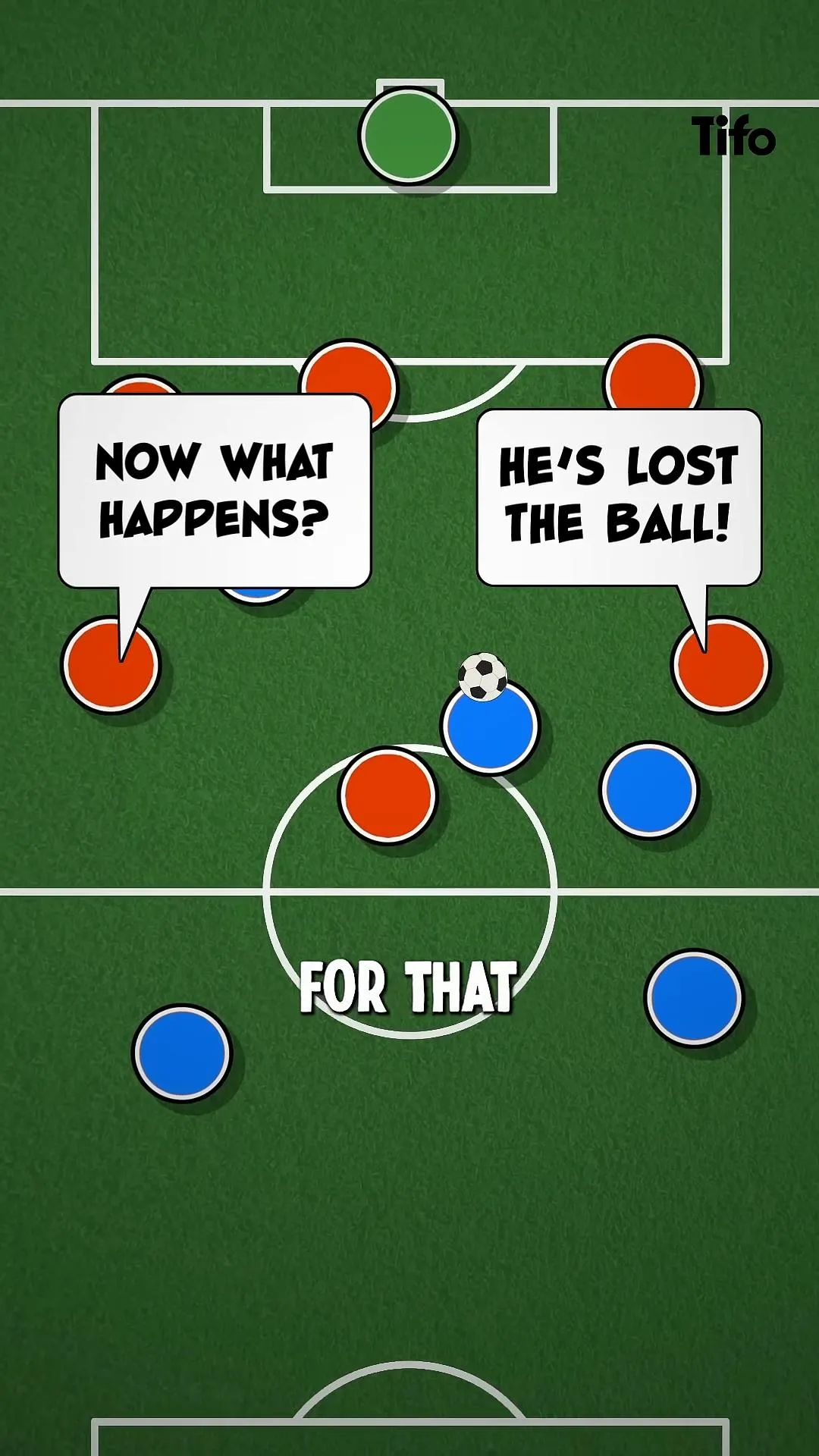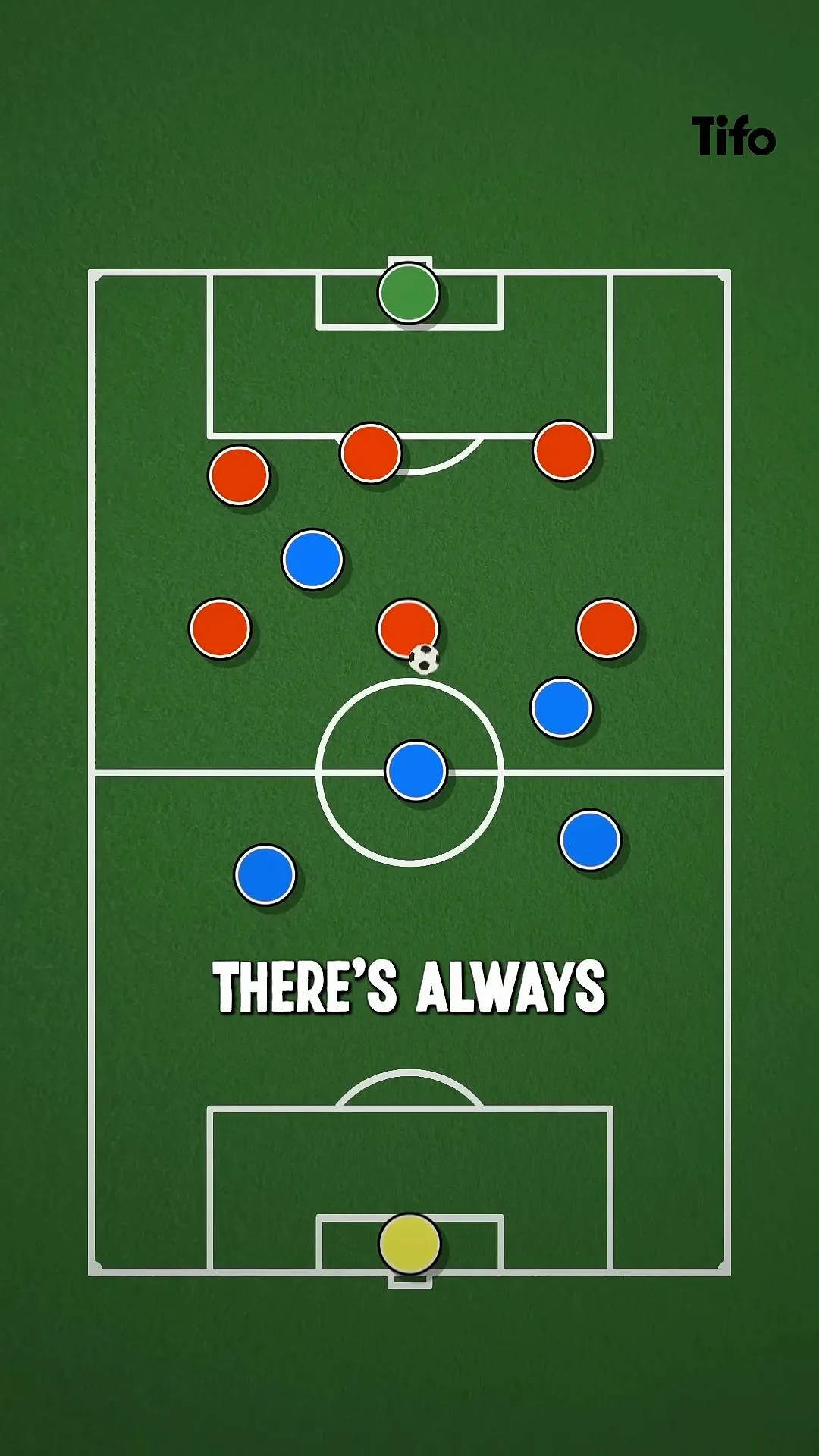Rest Defence is a crucial tactical concept in football that teams must master to maintain their competitive edge. Have you ever wondered how teams manage to defend effectively, even when they are attacking? What strategies do they employ to ensure they are not caught off guard after losing possession? The answer lies in the implementation of a strong Rest Defence, which allows teams to minimize risks and secure their goals against counterattacks. By understanding and applying Rest Defence principles, teams can enhance their defensive organization and resilience on the pitch.
Understanding Rest Defence in Football
In football, teams exist in two primary states: with the ball and without it. When a team is in possession, they are often tempted to push players forward, maximizing offensive potential. However, this aggressive strategy can leave them vulnerable to counterattacks if possession is lost. This is where the concept of Rest Defence comes into play. It emphasizes the importance of being prepared for potential loss of possession by organizing players in a way that can quickly transition back to a defensive posture.
Why is Rest Defence Important?
The effectiveness of a team’s Rest Defence can significantly impact the outcome of a match. A well-structured Rest Defence can:
- Minimize the likelihood of conceding goals during counterattacks.
- Allow teams to regain control of the game more efficiently.
- Support a balanced team structure that promotes both attacking and defending capabilities.
Key Elements of Effective Rest Defence
To implement a successful Rest Defence strategy, teams need to focus on several key elements:
- Player Positioning: Ensure that players are distributed across the field in a way that allows for quick recovery and support.
- Communication: Foster open lines of communication among players to facilitate quick decision-making and positioning adjustments.
- Anticipation: Players must anticipate potential turnovers and be ready to adapt their positions accordingly.

How to Improve Your Team’s Rest Defence
Improving Rest Defence requires a combination of tactical awareness, training, and team cohesion. Here are some effective strategies:
1. Tactical Drills
Incorporate tactical drills during training sessions that focus on transitioning from attack to defense. This helps players understand their responsibilities in Rest Defence scenarios.
2. Analyzing Opponent Strategies
Study opponents’ attacking patterns to anticipate moments when Rest Defence will be critical. This analysis can help teams prepare better for counterattacks.
3. Emphasizing Physical Fitness
Players should maintain high levels of fitness to ensure they can quickly transition back into defensive positions after an attack. A fit team can recover more effectively and maintain a strong structure.
4. Utilizing Video Analysis
Employ video analysis to review games and identify areas where Rest Defence could be improved. Learning from past performances can provide valuable insights into team dynamics.

The Role of Coaching in Developing Rest Defence
Coaches play a vital role in instilling the principles of Rest Defence in their teams. They must ensure that players understand their roles, responsibilities, and the importance of maintaining structure during both attacking and defensive phases.
Coaching Strategies for Rest Defence
Effective coaching strategies include:
- Regularly discussing the importance of Rest Defence during training.
- Creating game scenarios that emphasize quick transitions.
- Providing feedback and adjustments during matches to reinforce Rest Defence concepts.
Incorporating Rest Defence into Team Philosophy
For a team to truly embrace the concept of Rest Defence, it must become part of their overall philosophy. Teams that prioritize this approach often see improved performance and better results on the field.
Key Takeaways on Rest Defence
- Rest Defence is essential for minimizing risk during transitions.
- Effective player positioning and communication are crucial components.
- Coaches should incorporate Rest Defence principles into training and game strategies.
- Analyzing opponents can provide insights into improving defensive readiness.
In summary, mastering Rest Defence is vital for football teams aiming for success. By implementing strategic drills, fostering communication, and maintaining physical fitness, teams can enhance their defensive resilience and minimize vulnerabilities during transitions. Coaches must emphasize these principles to create a cohesive team that balances offensive ambitions with defensive stability. As you explore the world of football tactics, consider the impact of Rest Defence in shaping your team’s performance on the pitch.
For a deeper understanding of Rest Defence, you can check out resources from The Coaches’ Voice and Spielverlagerung.
